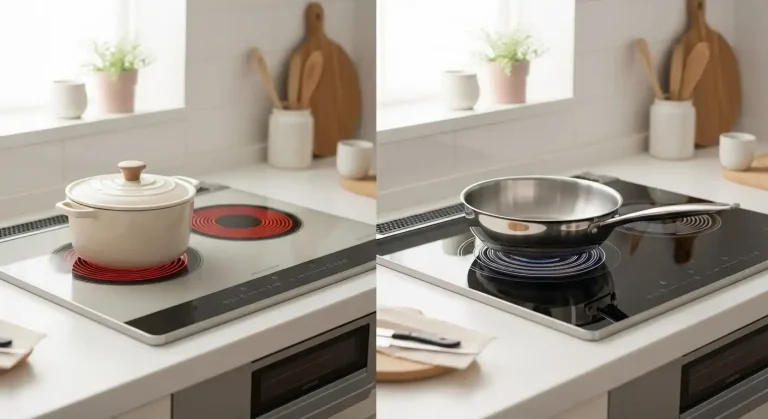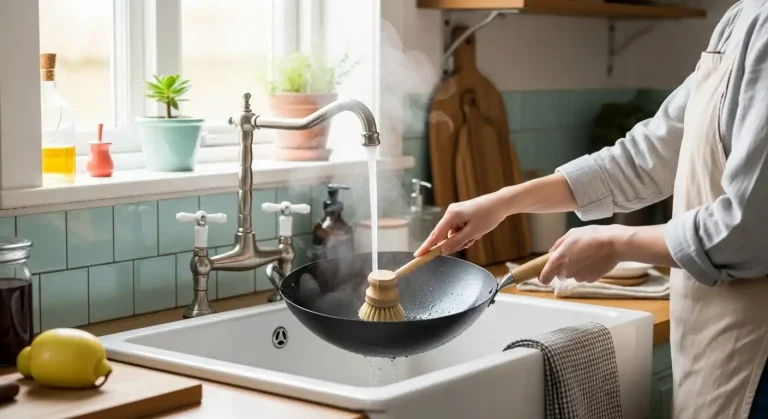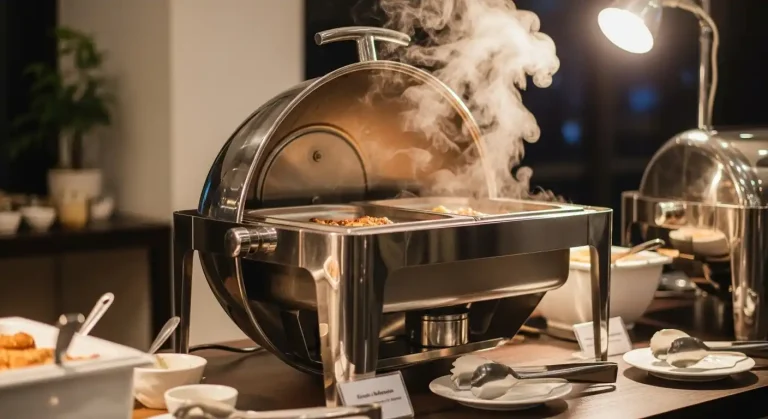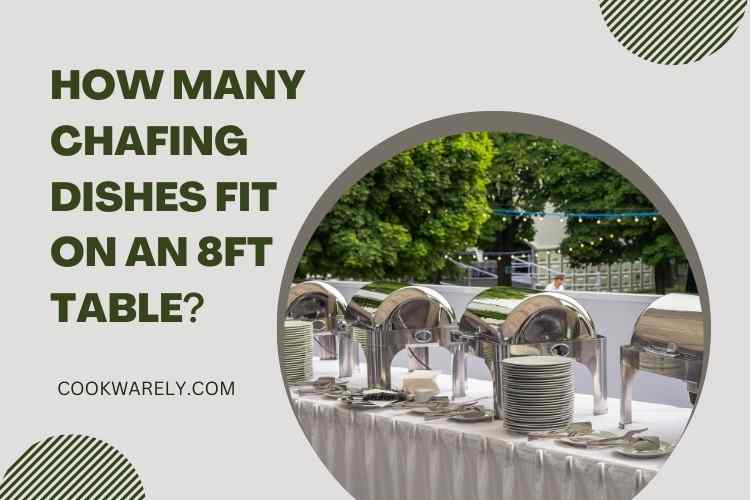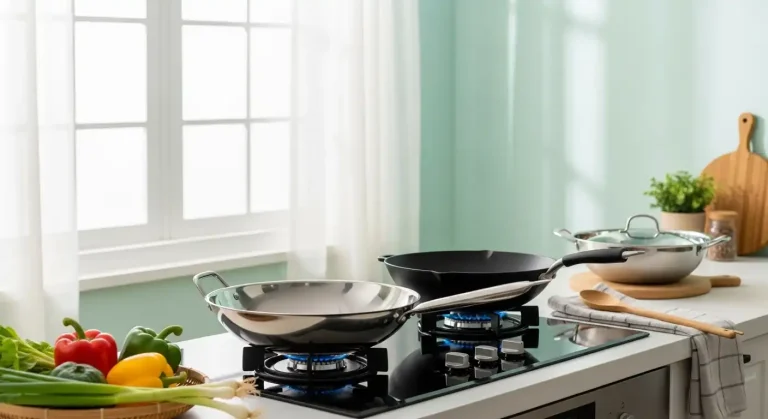Are Pitted Stainless Steel Pots Safe To Use? A Comprehensive Guide

Stainless steel pots are a kitchen favorite, known for their durability and sleek design.
But over time, you might.notice small dents or pits on the surface, raising the question: Are pitted stainless steel pots safe to use?
Pitting can be concerning, but understanding its causes and implications can help you decide whether to keep cooking with these pots.
In this guide, we’ll explore what pitting is, why it happens, whether it affects safety, and how to care for your stainless steel cookware. Let’s dive into the details to keep your kitchen safe and functional.
What Is Pitting in Stainless Steel Pots?
Pitting refers to small, shallow dents or corrosion spots that form on the surface of stainless steel.
These marks often look like tiny craters and can appear due to prolonged exposure to certain substances or improper care.
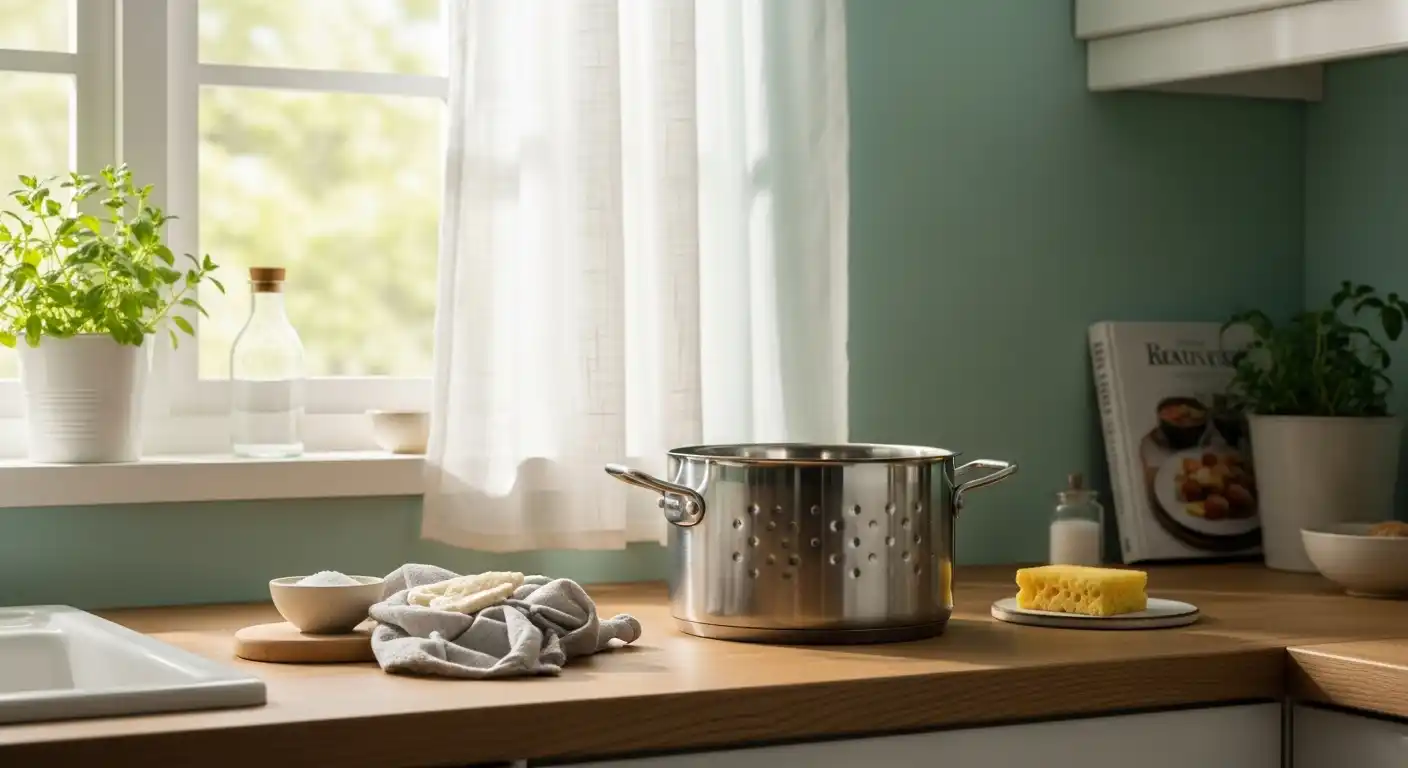
While stainless steel is corrosion-resistant, it’s not immune to damage. Pitting can compromise the smooth surface, making cooking and cleaning more challenging.
Why Do Stainless Steel Pots Develop Pits?
Several factors can lead to pitting in stainless steel pots. Understanding these causes can help you prevent further damage.
1. Exposure to Harsh Chemicals
Chlorides, found in salt, bleach, or certain cleaners, can break down the protective oxide layer on stainless steel.
This layer is what makes stainless steel resistant to rust and corrosion.
Cooking salty foods for extended periods or using bleach-based cleaners can trigger pitting. Avoid soaking pots in salty water overnight to reduce this risk.
2. Improper Cleaning Practices
Using abrasive scrubbers like steel wool can scratch the surface, weakening its protective layer.
Dishwashers can also contribute to pitting, especially if harsh detergents are used.
For safe cleaning, check out how to clean white spots on a stainless steel pan and learn why you should avoid putting stainless steel pots in the dishwasher.
3. High Heat and Burn Marks
Overheating your pots can weaken the metal, making it more susceptible to pitting.
Burnt food residue can also create uneven surfaces that trap corrosive substances.
If you’re struggling with burnt pans, read about why stainless steel pans burn and how to prevent it.
4. Poor-Quality Stainless Steel
Not all stainless steel is created equal. Lower-grade stainless steel may lack the nickel or chromium content needed for strong corrosion resistance, leading to pitting over time.
Investing in high-quality cookware can reduce the likelihood of pitting and extend the life of your pots.
Are Pitted Stainless Steel Pots Safe To Use?
The safety of pitted stainless steel pots depends on the extent of the damage.
In most cases, minor pitting doesn’t pose a health risk, as stainless steel is non-reactive and doesn’t leach harmful substances.
However, severe pitting can trap food particles and bacteria, making thorough cleaning difficult.
If the pits are deep or extensive, it’s best to replace the pot to ensure food safety.
For older cookware, you might also wonder, are old stainless steel pots safe to use? Age alone doesn’t make a pot unsafe, but significant damage does.
How Pitting Affects Cooking Performance
Pitting can impact how your pots perform in the kitchen. Here’s how:
Uneven Cooking
Pits disrupt the smooth surface, leading to uneven heat distribution. This can cause hot spots, increasing the risk of burning food.
To mitigate this, use lower heat settings and ensure your pots are induction-ready if you’re using an induction cooktop.
Sticking and Burning
Pitted surfaces are more likely to cause food to stick, especially if you’re not using enough oil. This can lead to frustrating cooking experiences and burnt residues.
Learn how to prevent sticking by exploring can stainless steel pans be seasoned? for tips on creating a semi-non-stick surface.
Cleaning Challenges
Pits can trap food and grease, making cleaning a chore. This can also contribute to discoloration on stainless steel pots or cloudy stains.
Regular maintenance, like using vinegar or baking soda, can help. Check out how to remove cloudy stainless steel pans for detailed cleaning tips.
How to Prevent Pitting in Stainless Steel Pots

Preventing pitting is easier than dealing with its consequences. Here are practical tips to keep your pots in top condition:
Use Gentle Cleaning Methods
Avoid abrasive scrubbers and harsh chemicals. Instead, use soft sponges and mild dish soap to clean your pots after each use.
For stubborn stains, try boiling a mixture of water and vinegar. This can also help restore shine to stainless steel pots.
Avoid Prolonged Exposure to Salt
Don’t let salty foods sit in your pots for long periods. Add salt to boiling water or after food is cooked to minimize contact with the metal.
Dry Thoroughly
Moisture left on stainless steel can promote corrosion. Always dry your pots completely with a clean towel after washing.
Use the Right Cookware for the Job
For high-heat cooking, ensure your pots can handle it. Stainless steel is versatile, but confirm if your pots are safe for oven use or induction cooking.
Can You Fix Pitted Stainless Steel Pots?

Unfortunately, pitting is permanent damage, as it involves the loss of metal. However, you can minimize its impact and prevent further deterioration.
Clean Thoroughly
Use a non-abrasive cleaner to remove any trapped food or debris from the pits. Regular cleaning prevents bacteria buildup and keeps the pot functional.
Polish the Surface
Polishing can smooth out minor surface imperfections and restore some shine. Use a stainless steel cleaner or a homemade solution of vinegar and water.
For more polishing tips, see how to restore shine to stainless steel pots.
Know When to Replace
If pitting is severe or affects cooking performance, it’s time to retire the pot. A heavily pitted pot may not be worth the effort to maintain.
Stainless Steel vs. Other Cookware Materials
Compared to materials like cast iron or carbon steel, stainless steel is less prone to rust but more susceptible to pitting under certain conditions.
For example, carbon steel woks require seasoning to prevent corrosion, unlike stainless steel.
If you’re considering a wok, explore whether stainless steel woks need seasoning for similar benefits.
Storing Food in Pitted Stainless Steel Pots
Storing food in pitted pots is generally not recommended. Pits can harbor bacteria, especially if food is left for extended periods.
For safe storage, transfer leftovers to airtight containers.
Learn more about storing food in stainless steel pots to avoid potential issues.
When to Replace Your Stainless Steel Pots
While minor pitting may not warrant replacement, there are signs it’s time for a new pot:
- Deep or Extensive Pitting: If pits are deep or cover large areas, cleaning becomes ineffective, and safety is compromised.
- Warping or Structural Damage: Pitting combined with warping can affect heat distribution and cooking performance.
- Persistent Sticking or Burning: If food consistently sticks or burns despite proper technique, the pot may be too damaged.
Final Thoughts
Pitted stainless steel pots are often safe to use if the damage is minor and the pot is well-maintained.
By understanding the causes of pitting and adopting proper care practices, you can extend the life of your cookware and keep it performing well.
With the right techniques, your stainless steel pots will remain a reliable part of your kitchen arsenal, delivering delicious meals without safety concerns.


